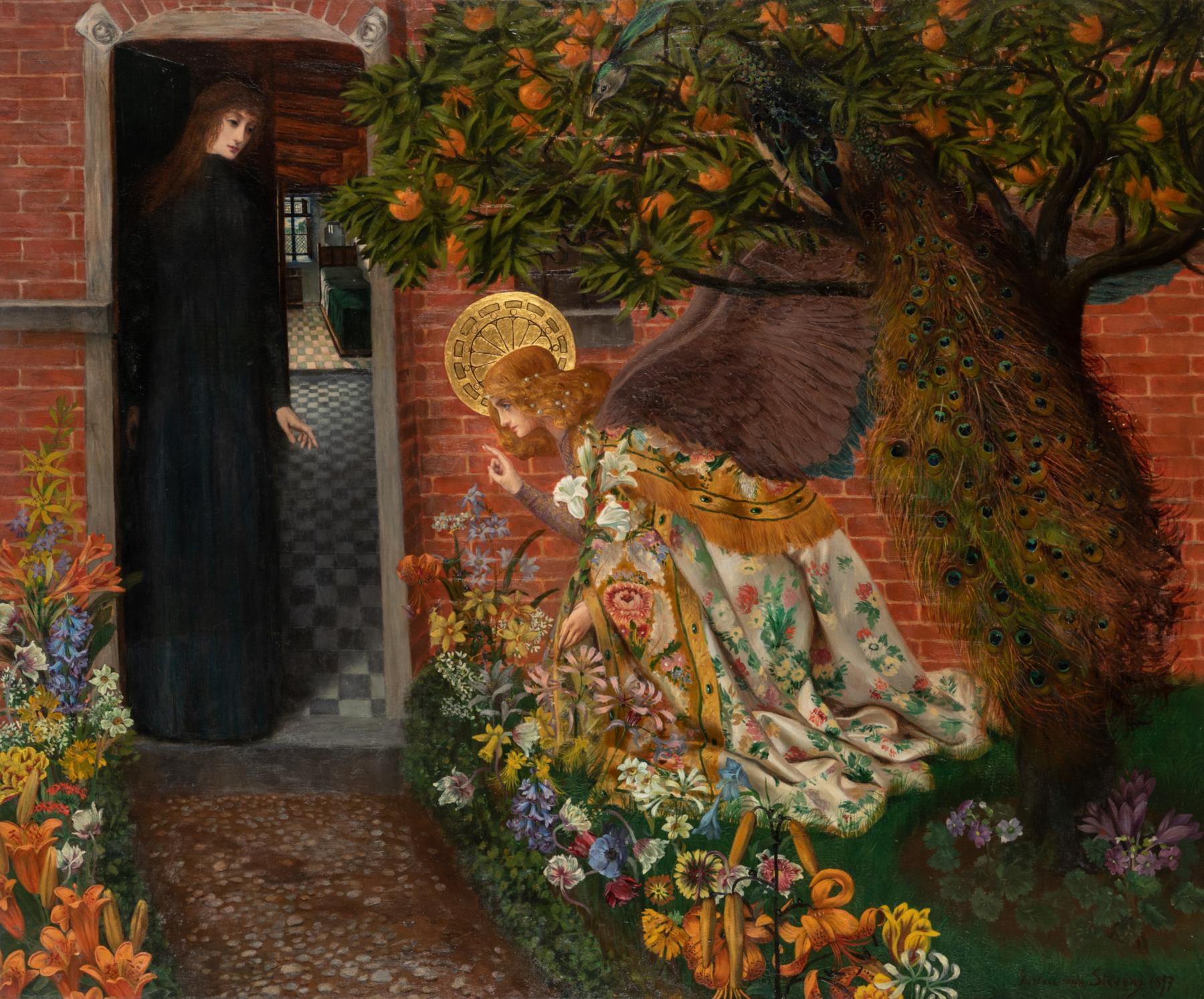
Gothic and the Metamorphic Modern in Belgian Art and Spaces of Art, c.1890s-1910s
Een conferentie in het Engels door Juliet Simpson (Coventry University, VK)
Wat als de artistieke moderniteit van het late 19e-eeuwse fin de siècle geïnspireerd was door de gotische wereld en haar verschijningsvormen in de stedelijke ruimte? Puttend uit middeleeuwse expressie en spiritualiteit, (her)vonden kunstenaars uit het fin-de-siècle in de oude kunst een medium voor hun gevoeligheden en hun moderne visie op de wereld.
Voor haar eerste conferentie in samenwerking met de onderzoekseenheid Modernitas (ULB - MSH), organiseert het Maison Hannon een lezing in het Engels met als gast Juliet Simpson (Coventry University, UK).
Abstract
This talk focuses on the inspiration of late medieval Gothic art, and sites of art for Belgian modernist artists at the fin de siècle. It illuminates the powerful allure of Gothic art, beyond revivalist or nation-centric stories for key new creative practices, notably in the art of Georges Minne, Gustave van Woestyne, James Ensor and the Austrian-born British artist, Marianne Stokes’s Belgian reception. Discussion explores why and how the Gothic is perceived and re-imagined, as a metamorphic, ‘restless’ presence in modernity in John Ruskin’s words, changing ideas of nature, the erotic, domestic and spiritual, and for our artists in this talk, of late nineteenth-century urban life and its sites of art. We will consider how modern artists responded to the 1902 Bruges ‘Primitifs Flamands’ exhibition, its array of Flemish so-called ‘primitive’ and early German art, and in relation to Belgian art’s interactions with a Gothic modern circle of artists and interests beyond Belgium. Taking as its focus, evolving response to the late nineteenth-century urban-scape, the talk will highlight key Belgian modernist re-workings of the medieval Dance of Death, the cathedral, Christ as the Man of Sorrows and Marian iconographies, to transform the modern city and modern life themes into sites of liminality and alterity. To conclude, our exploration sheds light on the alternative visions of the city, its spaces, nature and the body, and their re-imagining as portals to a many-layered and different modernity.
Juliet Simpson is Full Professor of Art History, Chair of Cultural Memory and Research Director in the Centre for Arts, Memory and Communities, Coventry University, UK. She is Guest Curator for the international exhibition, Gothic Modern – from Darkness to Light (Helsinki-Ateneum; Oslo-National Museum; Vienna-ALBERTINA, 2024-2026). She is an internationally-recognized expert in long nineteenth- and early twentieth-century art and transnational cultural memory, the emotions, Belgian art and the afterlives of Gothic and Northern Renaissance visual cultures, on which she has published extensively, most recently, her co-edited book, Gothic Modern – From Edvard Munch to Käthe Kollwitz (Hirmer-Chicago University Press: 2024) and co-edited special issue, Simpson-Rippl, eds. Emotional Objects – Northern Renaissance Afterlives in Object, Image and Word, Journal of the Northern Renaissance, 14 (2023). Prof. Simpson is a Fellow of the Royal Society of Arts and Royal Historical Society, UK, and sits on the international Editorial Advisory Board of Nineteenth-Century Art Worldwide.
Lezing in het Engels, gevolgd door een drankje.
Met de steun van
ULB
Maison des Sciences humaines van ULB
& Modernitas
